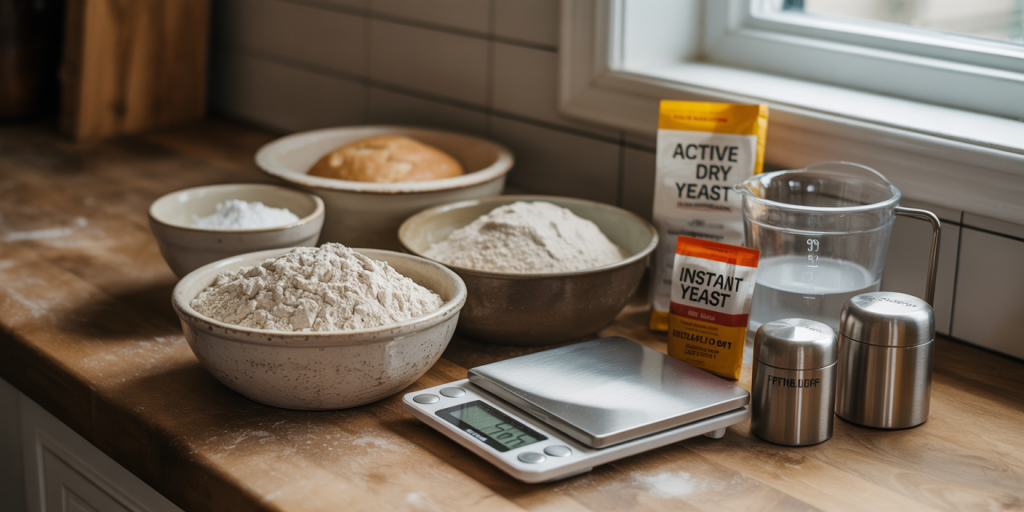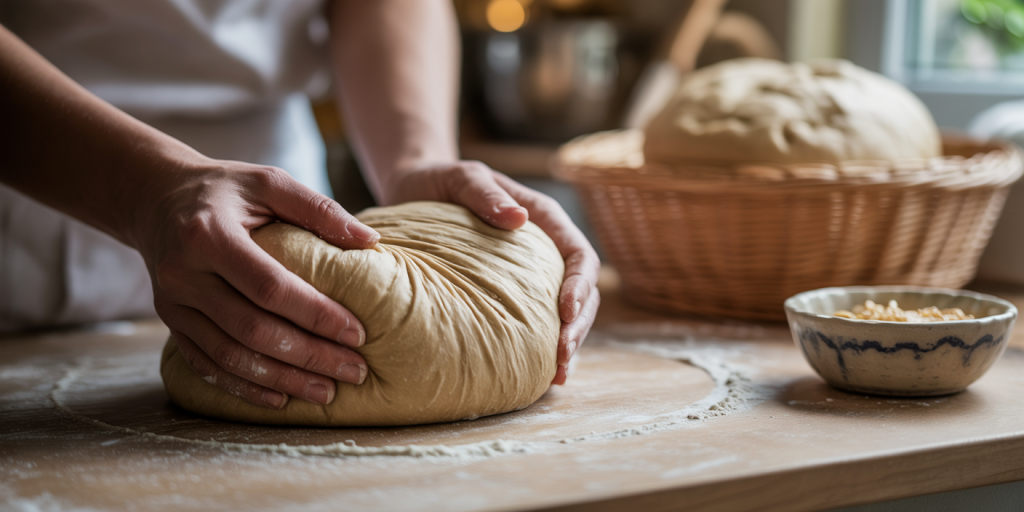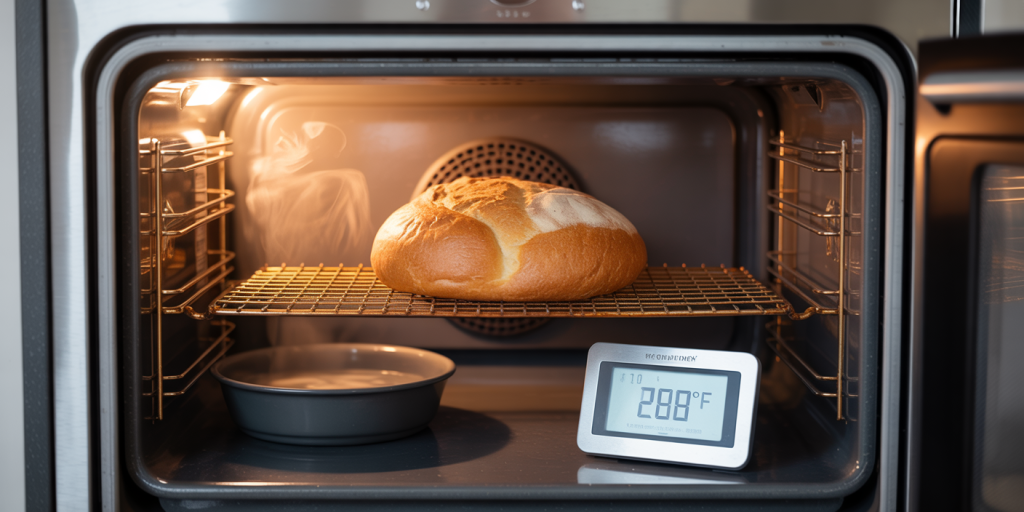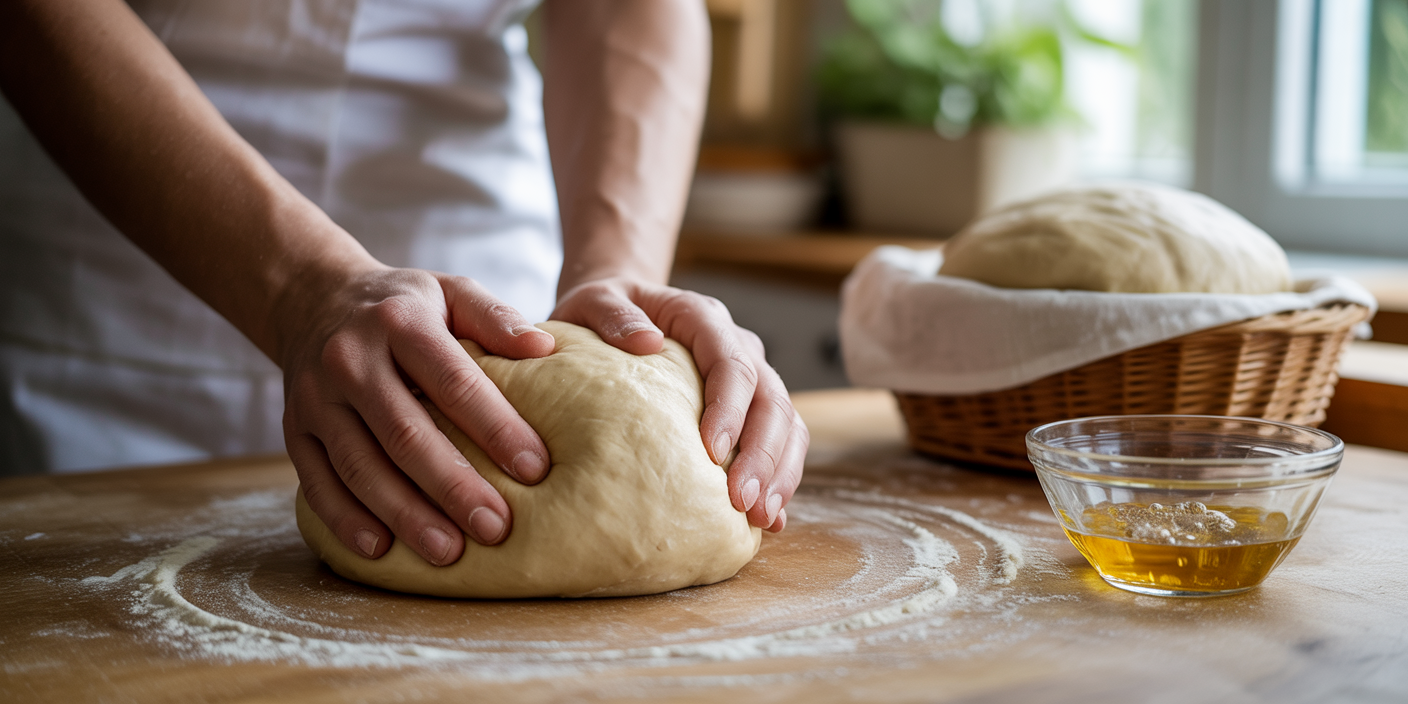Baking bread at home has experienced a remarkable resurgence in popularity over the past decade. From the pandemic-induced surge in 2020 to the ongoing appreciation for artisanal food, homemade bread represents both a culinary achievement and a rewarding experience. Bread, at its simplest, is a mixture of flour, water, yeast, and salt, but achieving consistent success requires attention to detail, discipline, and understanding key scientific principles. This article uncovers practical methods for foolproof homemade bread, enriched with data, comparative insights, and real-life case studies to help both novices and seasoned bakers.

The Rising Trend and Benefits of Homemade Bread
Bread consumption worldwide is estimated at approximately 115 million metric tons annually (Statista, 2023), yet demand for artisanal and homemade bread varieties has grown exponentially. Nielsen data from 2021 showed a 35% increase in retail sales of flour and yeast, indicating wider engagement with baking at home. Consumers are driven by a desire for healthier options, customization, economic advantages, and simply the joy of baking.
Homemade bread lacks many commercially used preservatives and often includes whole grains and organic ingredients, improving its nutritional profile. For example, a 2019 study published in the *Journal of Food Science* concluded that homemade whole wheat bread contains significantly higher phenolic compounds compared to commercial counterparts, contributing to antioxidant benefits. Users also find psychological benefits; the meditative nature of kneading dough reduces stress, while sharing self-made bread strengthens social bonds.
Essential Ingredients and Their Roles in Bread-Making
Successful bread depends critically on ingredient quality and balance. The core elements are flour, yeast, water, and salt, each playing a specified role within the dough matrix.
Flour forms the structural backbone via gluten proteins—gliadin and glutenin—that combine to create an elastic network capable of trapping fermenting gas. Choosing the right flour can make or break your loaf. For instance, bread flour contains approximately 12-14% protein, fostering better gluten development, whereas all-purpose flour has 10-12%. Whole wheat flours contribute fiber and flavor but can result in denser bread without correct hydration.
Yeast is the living organism powering fermentation, producing carbon dioxide that causes dough rising. Active dry and instant yeast are two common forms: instant yeast absorbs moisture faster and can be mixed directly into flour, while active dry yeast requires activation in warm water. Water hydrates flour, activating enzymes and yeast. Its temperature usually ranges from 90°F to 110°F (32°C to 43°C) to optimize yeast activity without killing cells. Salt not only enhances flavor but controls yeast fermentation and strengthens gluten.
| Ingredient | Function | Common Types | Impact on Bread Texture |
|---|---|---|---|
| Flour | Provides gluten and structure | Bread flour, all-purpose, whole wheat | Higher protein leads to chewier, stronger crumb |
| Yeast | Leavens dough via fermentation | Active dry, instant | Controls rise time and crumb openness |
| Water | Hydrates ingredients, activates gluten and yeast | Tap, filtered | Influences dough consistency and softness |
| Salt | Enhances flavor, regulates yeast | Table salt, sea salt | Firmer structure, prevents over-proofing |
Step-by-Step Guide to Foolproof Bread Dough Preparation
Perfecting dough preparation is central to consistent results. Begin by weighing ingredients accurately using a kitchen scale rather than volume measures to ensure replicability.
First, activate the yeast if using active dry yeast by mixing in warm water with a pinch of sugar to promote growth; bubbles and foam typically appear in 5-10 minutes.
Mix flour, salt, and yeast (or activated yeast mixture) with water in a large bowl, using a spoon or your hands until a shaggy dough forms. The hydration percentage — water weight as a proportion of flour weight — profoundly affects dough handling and final bread quality. Typical hydration levels range from 60% to 75%. Higher hydration doughs yield open, airy crumb structures seen in artisan loaves but require advanced kneading skills.

Next comes kneading, which develops gluten. Traditional methods include hand kneading on a lightly floured surface for 10-15 minutes or using a stand mixer with a dough hook for 7-10 minutes. A windowpane test (stretching a small dough piece thin enough to see light through without tearing) confirms gluten development.
Finally, allow the dough to proof (rise) in a warm, draft-free spot for 1-2 hours. Correct proofing makes the dough roughly double in volume, producing optimal gas retention. Under-proofed dough rises less, yielding dense bread; over-proofed dough leads to collapse during baking.
Baking Techniques and Temperature Control for Consistent Results
Baking bread requires mastering oven temperature and humidity control, critical for crust formation and crumb texture. Preheat the oven to 450°F (230°C) at least 30 minutes before baking. The oven must reach full temperature to ensure proper oven spring, where the loaf rapidly expands due to gas expansion before starches set.
Professional bakers often introduce steam in the early baking stage to delay crust formation, allowing maximum oven spring and producing glossy, crackly crusts. Home bakers can replicate this by placing a shallow pan of hot water on the oven floor or misting the loaf and oven walls before and during the first 10 minutes.
Bread baking times vary depending on loaf size but generally range from 30 to 40 minutes. Internal temperature measured with a kitchen thermometer should reach 190°F to 210°F (88°C to 99°C), ensuring doneness without dryness. After baking, cool the bread on a wire rack for at least one hour to let moisture redistribute — cutting too soon leads to gummy crumb.

Troubleshooting Common Bread-Making Challenges
Even experienced bakers encounter issues such as dense crumb, poor rise, or tough crust. Understanding common pitfalls can save time and effort.
A dense crumb often results from insufficient kneading or under-proofing. In one documented case, a beginner baker, Julie from Portland, repeatedly ended up with heavy loaves. After adjusting her kneading routine to ensure 12 minutes of consistent folding and extending proofing time by 30 minutes, her bread softened significantly.
If crusts turn hard or overly thick, this often relates to overbaking or insufficient steam. Baking with a water tray or loosely tenting the loaf with foil can mitigate crust thickness.
For sticky or overly wet dough, reducing hydration or dusting flour sparingly during kneading helps. Conversely, dry dough indicates needing slightly more water or oil depending on the recipe.
| Problem | Possible Causes | Solutions |
|---|---|---|
| Dense bread | Under-proofing, insufficient kneading | Extend proofing, knead longer |
| Flat loaf | Over-proofing, poor yeast viability | Shorten proofing, check yeast freshness |
| Hard crust | Overbaking, no steam | Use steam, reduce bake time |
| Sticky dough | Too much water | Add flour carefully during kneading |
Future Perspectives: Innovations and Trends in Home Bread Baking
The realm of home bread baking continues evolving, integrating technology and novel practices. Smart kitchen appliances like bread-making machines and app-connected ovens provide precision control previously accessible only to professionals. According to a 2023 survey by KitchenTech Insight, 42% of home bakers use at least one smart appliance to aid the bread-making process.
Sourdough, a naturally leavened bread, remains a popular challenge and trend. Home bakers worldwide have cultivated starter cultures, enhancing flavor complexity and digestibility. Emerging online communities and recipe databases democratize knowledge, enabling culturally diverse bread recipes from Japanese milk bread to Italian focaccia.
Sustainability also factors in future trends, with increased interest in locally milled flours, ancient grains, and zero-waste baking practices. Incorporating less-refined grains has both nutritional and environmental benefits. Research indicates that region-specific grains, such as Ethiopian teff or Indian millet, enrich diets while reducing the carbon footprint related to food transport.
As home baking tools become more affordable and user-friendly, anyone motivated to bake bread can achieve bakery-quality results. Continued exploration of ingredient alternatives (gluten-free, low-carb), fermentation techniques, and baking hardware will keep expanding possibilities.
—
Mastering foolproof homemade bread is both a science and an art. By carefully selecting ingredients, adhering to process guidelines, troubleshooting issues methodically, and embracing emerging technologies, bakers can enjoy fresh, flavorful bread that elevates everyday meals. The satisfaction of slicing into a perfect loaf baked in your own oven is universal—and with the right knowledge, it’s attainable for all.

Deixe um comentário